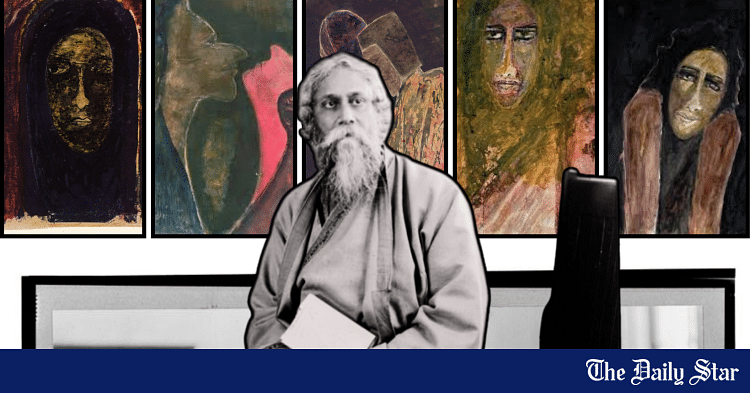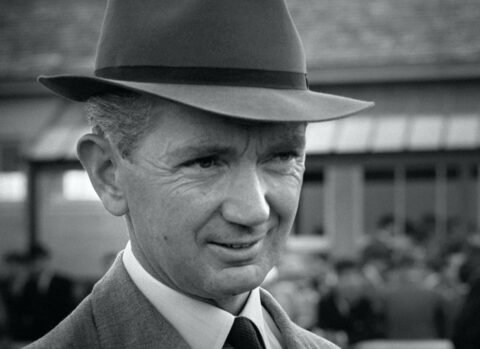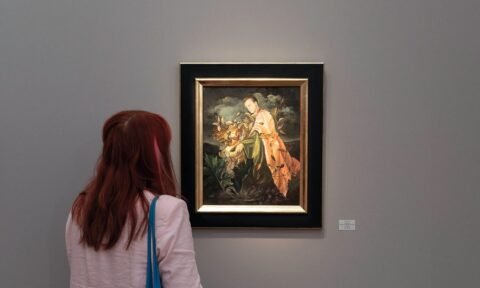Rabindranath Tagore, India’s first Nobel laureate in literature, is celebrated worldwide for his poetry and philosophy. Yet fewer know that some of his modernist paintings became targets of Adolf Hitler’s infamous “degenerate art” campaign in Nazi Germany.
In 1930, Tagore gifted five of his artworks—vibrant paintings of birds, humans, and a girl in a red robe—to a leading Berlin museum. The collection was part of a larger European exhibition showcasing over 300 of his works, which also travelled to Paris and London. Tagore’s art, like his writings, was gaining admiration; he had visited Germany three times, his books were widely translated, and the German press hailed him as a “wise man from the East.”
But by 1937, the tide had turned. The Nazi regime, under Hitler’s direction, launched a ruthless purge of what they called “degenerate art” — modernist and expressionist works deemed “un-German.” Hitler, himself a failed artist, considered such art symptomatic of a “deranged mind.” Over 16,000 works by renowned artists like Van Gogh and Man Ray were confiscated, ridiculed in exhibitions, or destroyed.
Tagore’s paintings, housed in Berlin’s Crown Prince Palace alongside the National Gallery, were swept into this purge. An official 1937 “deportation list” records five of Tagore’s works removed from public display and moved to a restricted depot. A 1941-42 Nazi inventory catalogued them under the labels “exchanged,” “destroyed,” or left untagged — an ominous sign of their uncertain fate.
Art historian Konstantin Wenzlaff notes that while two of the paintings are marked as destroyed and two exchanged, the fifth—”Two Birds”—remains unaccounted for. One painting believed lost has been in Munich’s Bavarian State Painting Collections since 1964. Oliver Kase, chief curator of modern art at Munich’s Pinakothek der Moderne, describes this piece—a “half-shadowed head”—as austere yet spiritual, emblematic of the very art the Nazis condemned.
The other “lost” painting reportedly sold at a 1996 auction to a private collector in the UK. Meanwhile, three paintings were apparently returned to Tagore in India in 1939, though their whereabouts today are unclear. R Siva Kumar, a scholar of Tagore’s art, suggests one may reside in the archives of Visva-Bharati University, founded by Tagore himself, but visual confirmation is lacking.
Tagore, who began painting in his mid-sixties, produced over 2,300 artworks in less than a decade before his death in 1941. His art ranged from imaginary animals and geometric patterns to self-portraits and masks resembling real faces. Influenced by the international Art Nouveau movement and ancient folk art, his paintings introduced a concept of artistic freedom to India decades before modern art gained acceptance in the West.
In 1930s Germany, critics compared Tagore’s work to that of surrealists and expressionists—exactly the categories Hitler’s regime sought to erase. The Nazi purge not only silenced prominent European modernists but also stripped Tagore’s paintings of their rightful place in art history.


 For all latest news, follow The Daily Star’s Google News channel.
For all latest news, follow The Daily Star’s Google News channel. 


